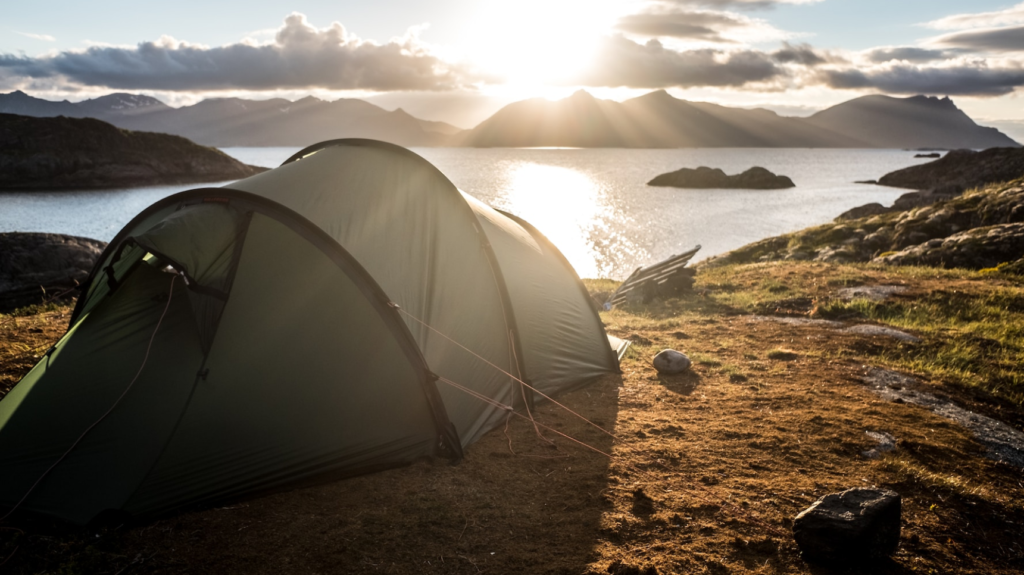New experiences – Serenity – Mesmerising Landscapes
Iceland

New experiences, Serenity & Mesmerising Landscapes
Iceland is known as “The Land of Fire and Ice” because of its opposing geological features.
The fire refers to the multitude of volcanic activity, and the ice obviously refers to the country’s many glaciers, which cover approximately 10% of the island.
Probably the most well-known appeal of visiting Iceland is to catch a glimpse of the aurora borealis, or northern lights.
Aside from this awe-inspiring event, Iceland is known for its beautiful waterfalls, diverse bird and marine life as well as a vibrant music and arts scene.
learn more about our consultations
Ready for The Land of Fire and Ice?
A land of otherworldly landscapes and shimmering northern lights, Iceland’s natural wonders are well established among adventure travellers but there is more to Iceland that what nature has bequeathed.
The country’s ancient heritage and quirky folklore blends with a modern culture of food, sublime nature, and a love and respect for the outdoors.
When to visit?
Iceland is not as cold as you might think during the summer months. The average temperature in July is between 10 and 13 degrees Celsius, however warm days can reach up to 25 degrees (which can be warmer than a summer day in the UK). In winter, the country is not as cold as its Nordic counterparts like Sweden and Norway, benefitting from warmer air of the Gulf Stream. However, Iceland’s weather is notoriously changeable and wind chill should not be underestimated, and it can get extremely cold at certain times of year, particularly in the winter when it can go down as far as -5 degrees.
What to see?
Local attractions: These are our favourite places and hidden gems throughout Iceland.

How about the accommodation?
Iceland has a wide range of different accommodation options to suit a wide spectrum of needs and budgets. You can find cheap camping grounds and hostels, budget bed & breakfasts, a variety of apartments, luxurious apartment hotels and 4 or 5-star hotels. There has also been a recent growth in the occurrence of igloo hotels. From these igloos, people can watch the northern lights while still staying cosy and warm. Many hotels are small, boutique hotels and five-star hotels are rare. This is especially true in the countryside where the local population may only be a few hundred people. The closer it gets to summer or holiday season the harder it is to find affordable accommodation, so make sure to reserve in advance.
ways to get around
Transportation in Iceland. The most popular way to get around in Iceland is by car, there are no trains in Iceland, so the other options are the buses, flights, taxi or private drivers
Cars
The most popular way to get around in Iceland is by car, since there are no trains in Iceland
Buses
There is no hop-on / hop-off bus pass available that spans around the whole island. The bus network, however, is extensive and makes it possible
Taxies
Anywhere in Reykjavik you can call one of the several 24-hour taxi services available there. Cab fares are set at established rates, and each taxi has an official distance meter
ways to get around
Ecuador’s inexpensive and generally reliable buses are the country’s preferred form of public transport, and trundle along just about anywhere there’s a road. By contrast, the train network covers only a small fraction of the country.
travel tips
Here’s what you should and shouldn’t do in Iceland:
- Don’t buy bottled water in shops, the tap water is some of the purest in the world, so make the most of it!
- Don’t drive too fast as the speed limit is 90km per hour which is just 55m per hour, much less than the UK’s national speed limit.
- Avoid entering swimming pools and springs without showering first as it is an important part of the etiquette.
- You don’t have to tip your waiter/waitress; it is not expected or encouraged but not frowned upon so you can treat a particularly good server if you wish.
- Avoid the tourist traps by speaking to our experts to find out the best times of year to visit. It is possible to find places that are off the beaten track, where you won’t have to worry too much about crowds.
- Don’t buy bottled water in shops, the tap water is some of the purest in the world, so make the most of it!
- Don’t drive too fast as the speed limit is 90km per hour which is just 55m per hour, much less than the UK’s national speed limit.
- Avoid entering swimming pools and springs without showering first as it is an important part of the etiquette.
- You don’t have to tip your waiter/waitress; it is not expected or encouraged but not frowned upon so you can treat a particularly good server if you wish.
- Avoid the tourist traps by speaking to our experts to find out the best times of year to visit. It is possible to find places that are off the beaten track, where you won’t have to worry too much about crowds.
UPCOMING ADVENTURE
Discover The Philippines through one of our adventures or book your own







